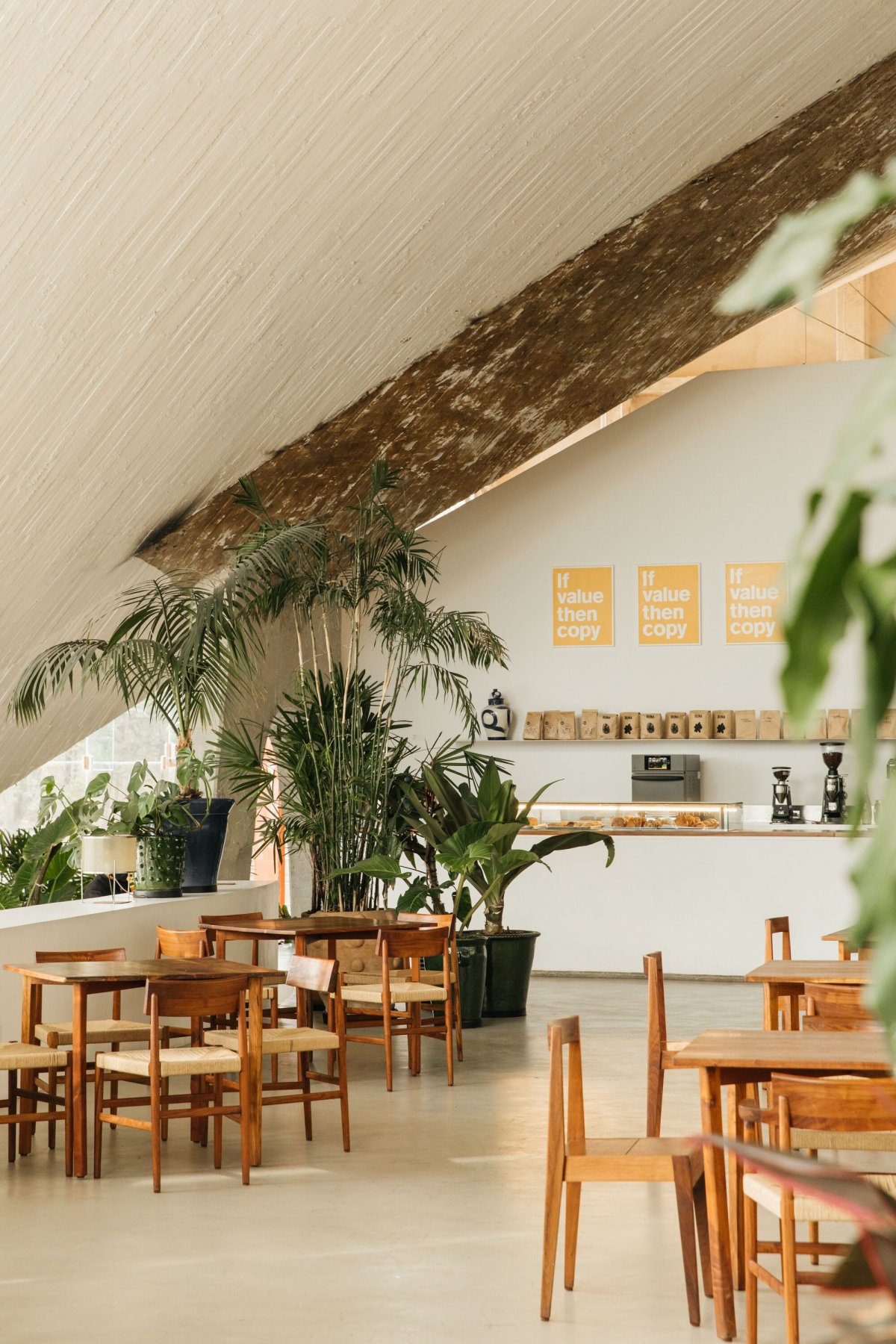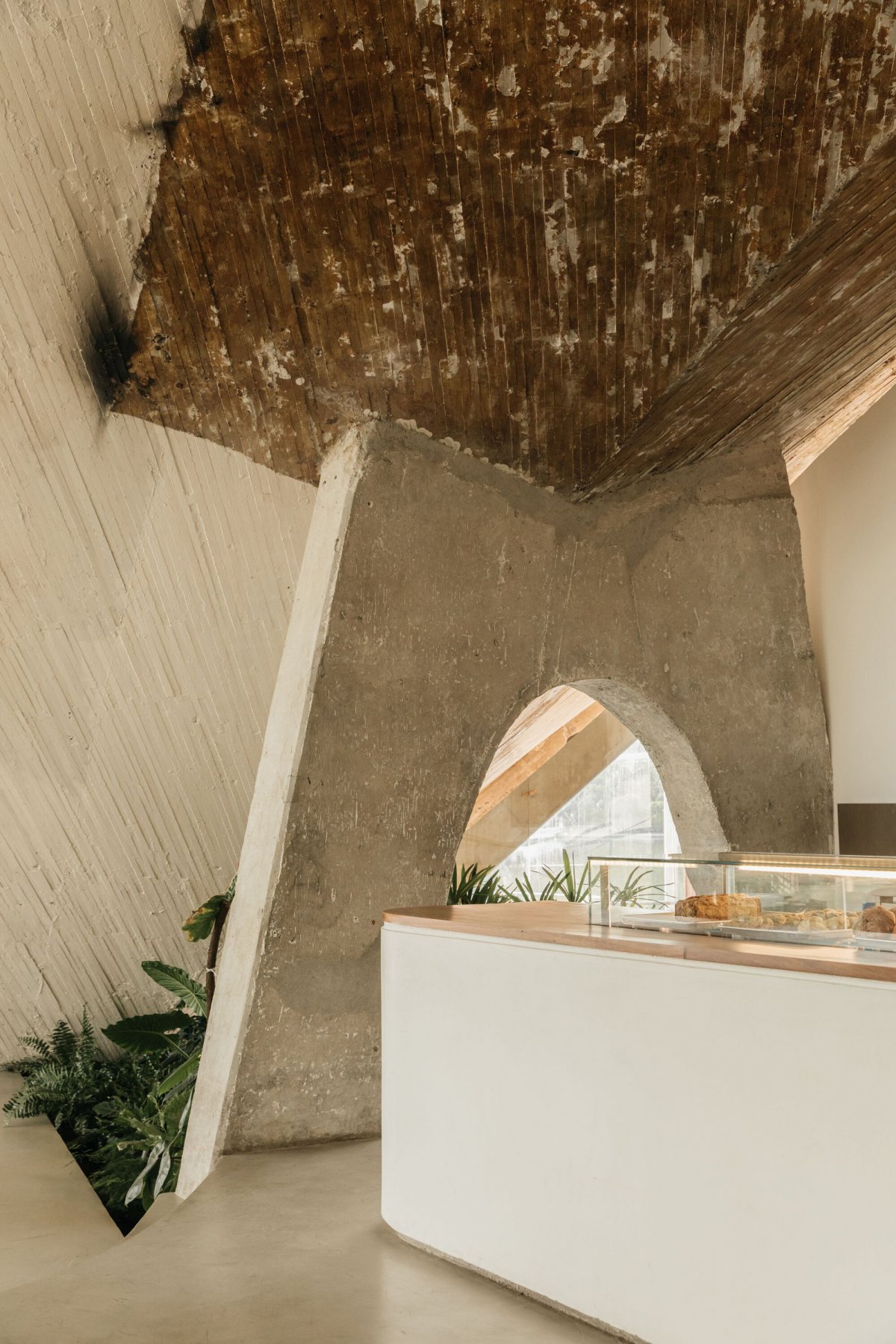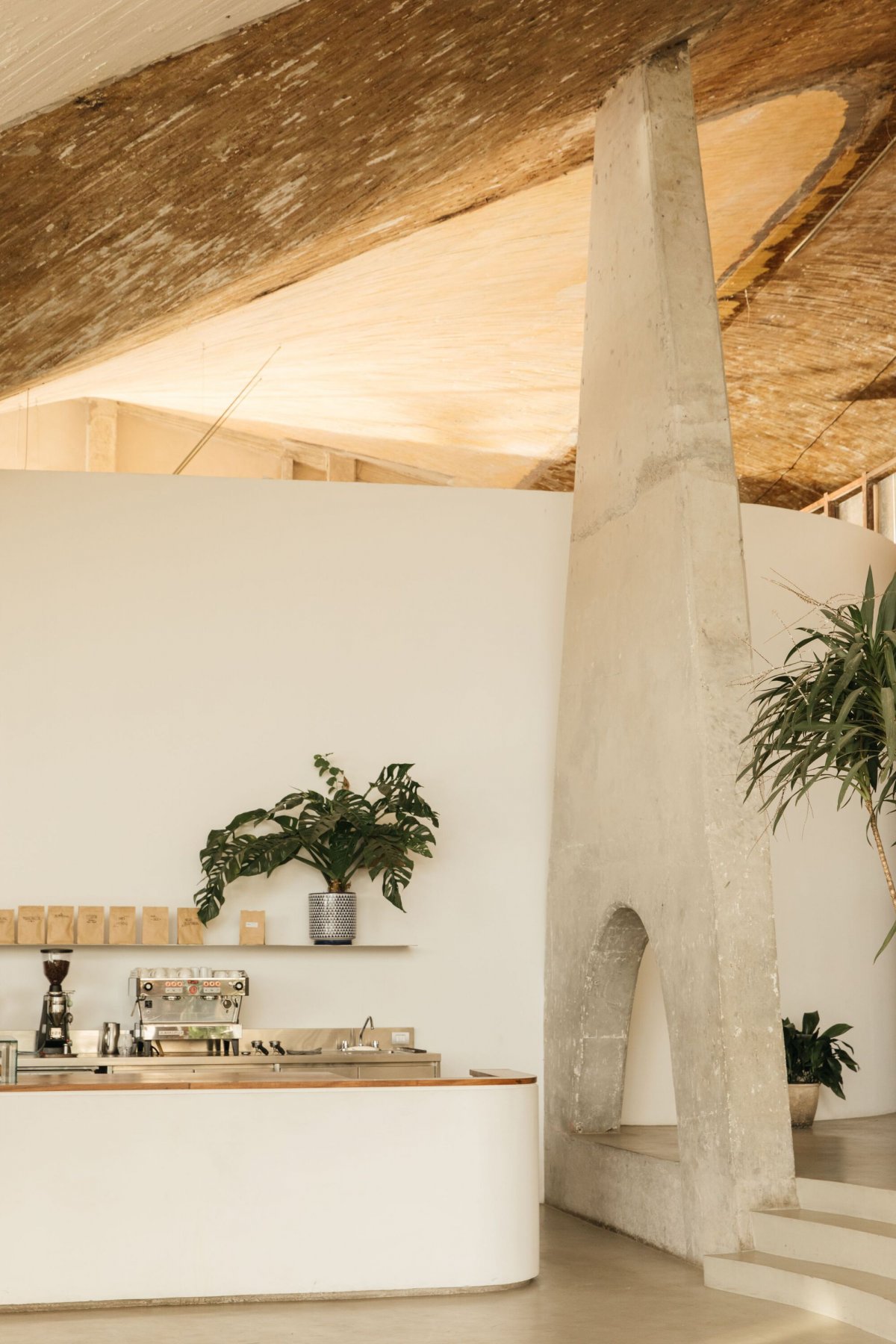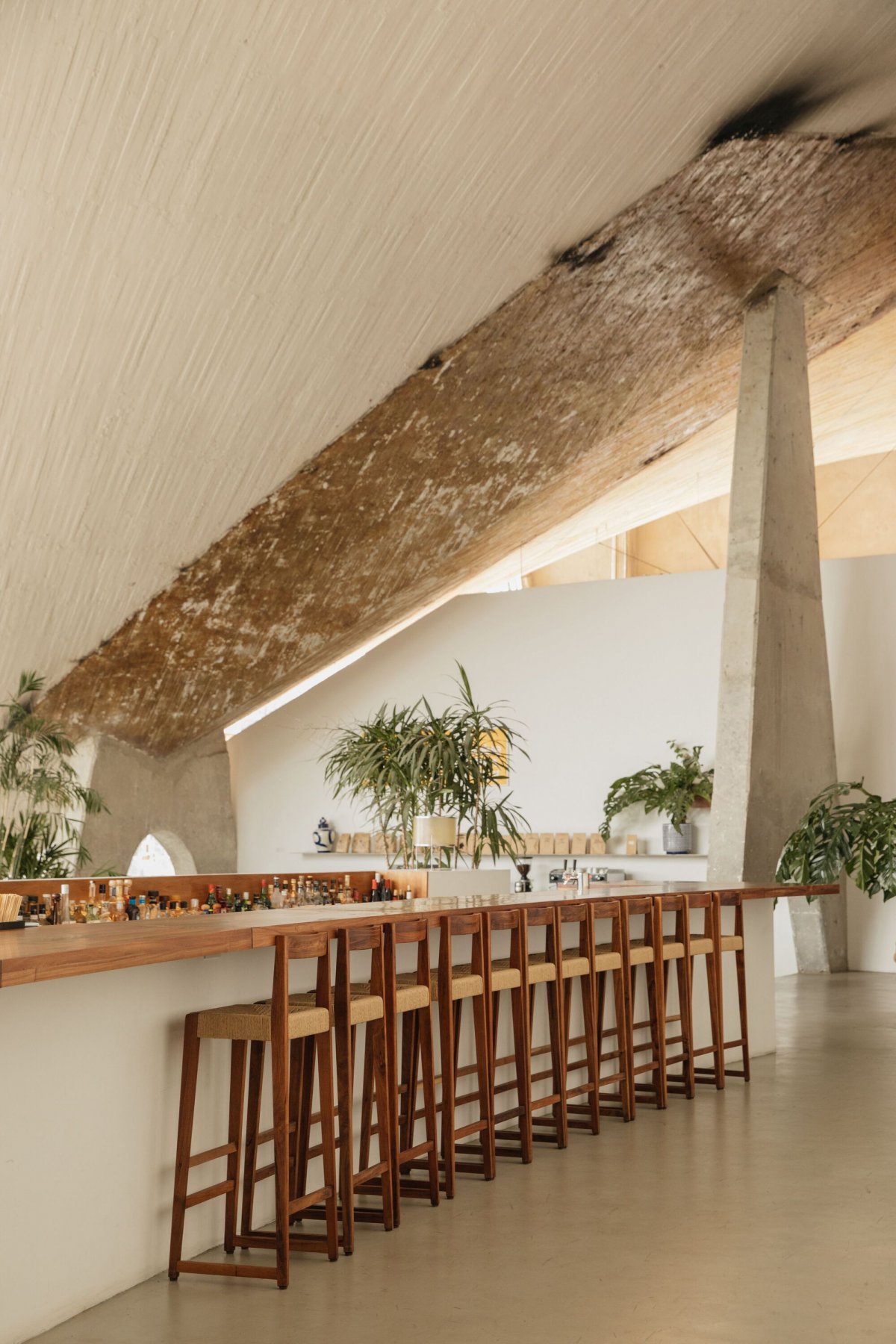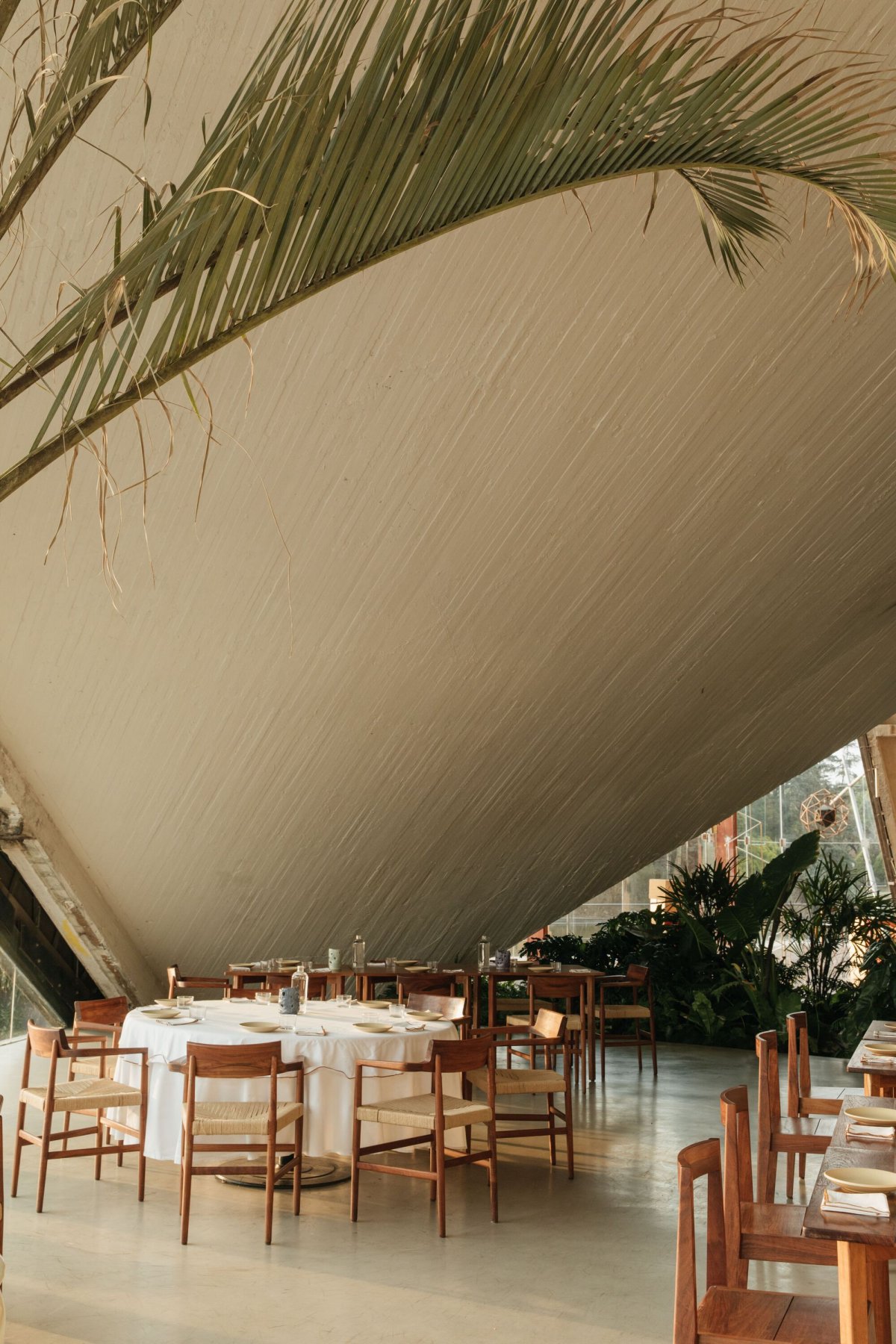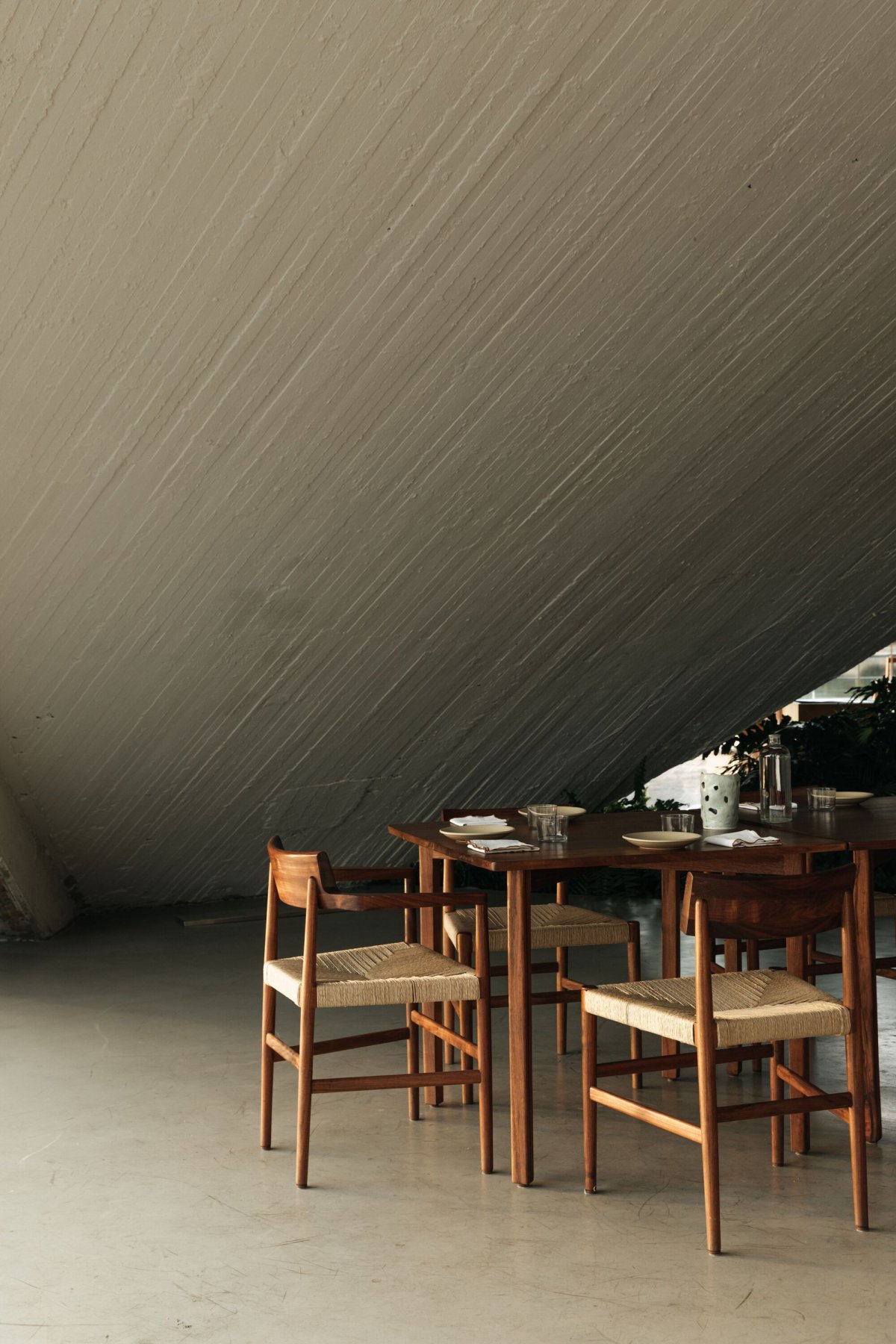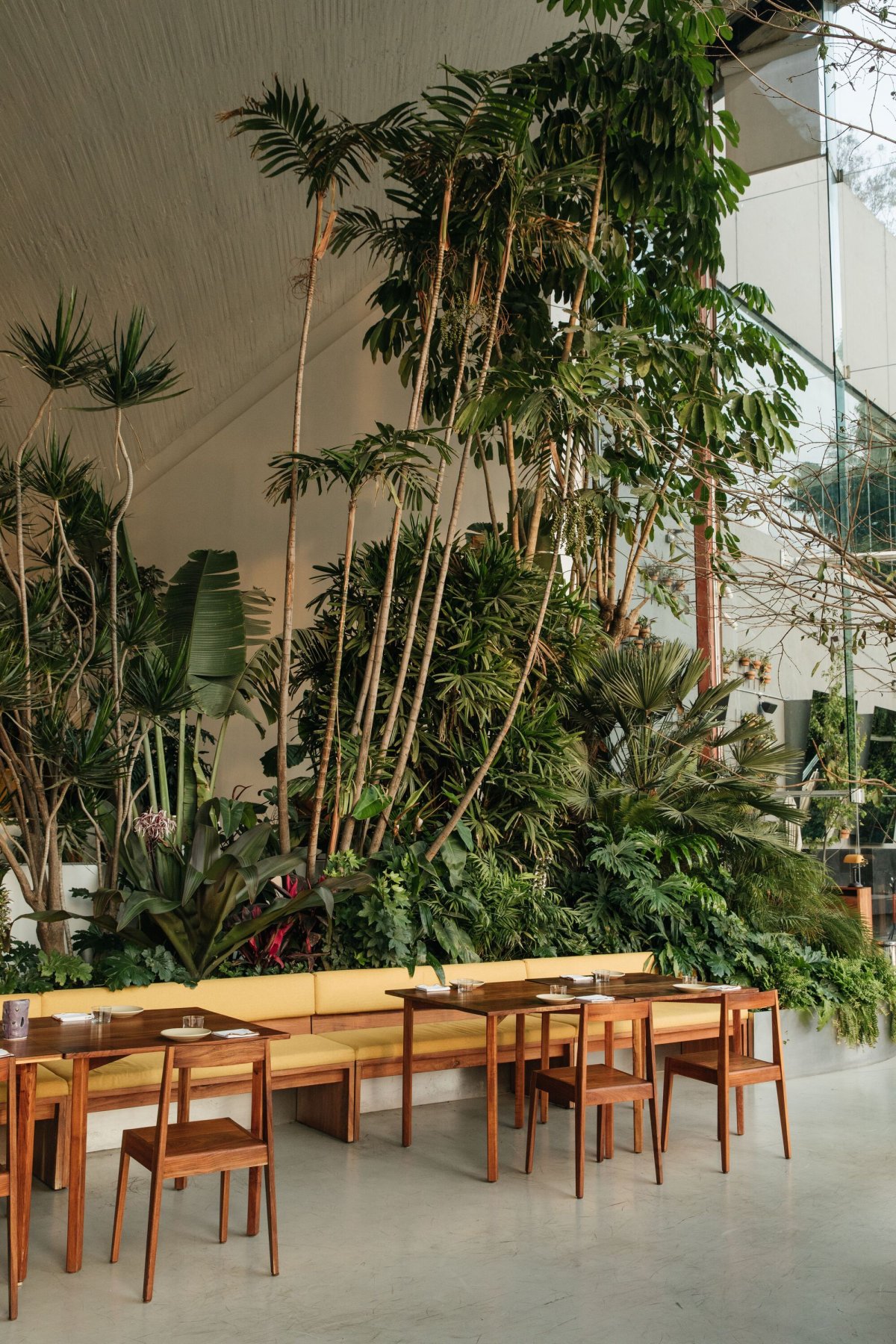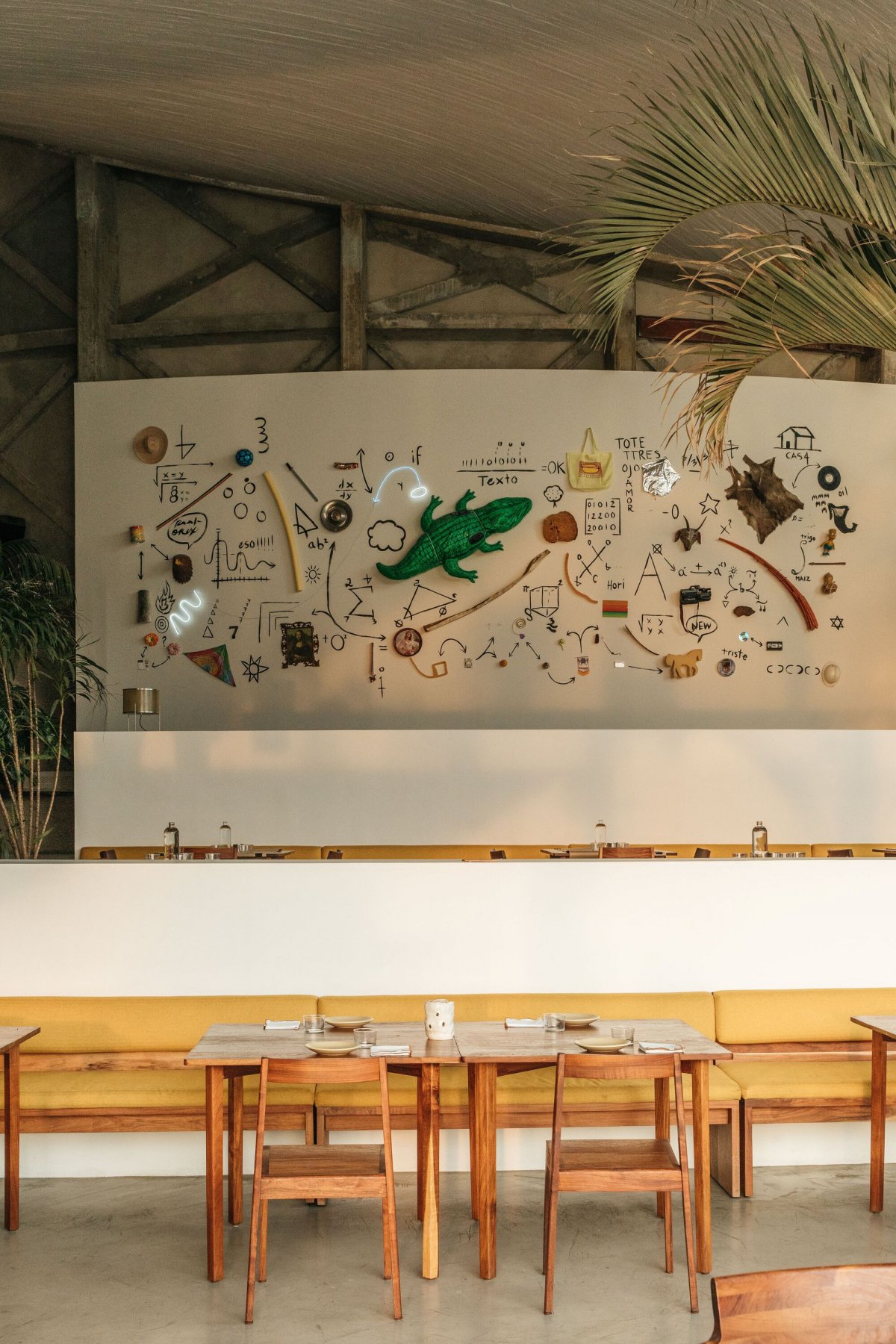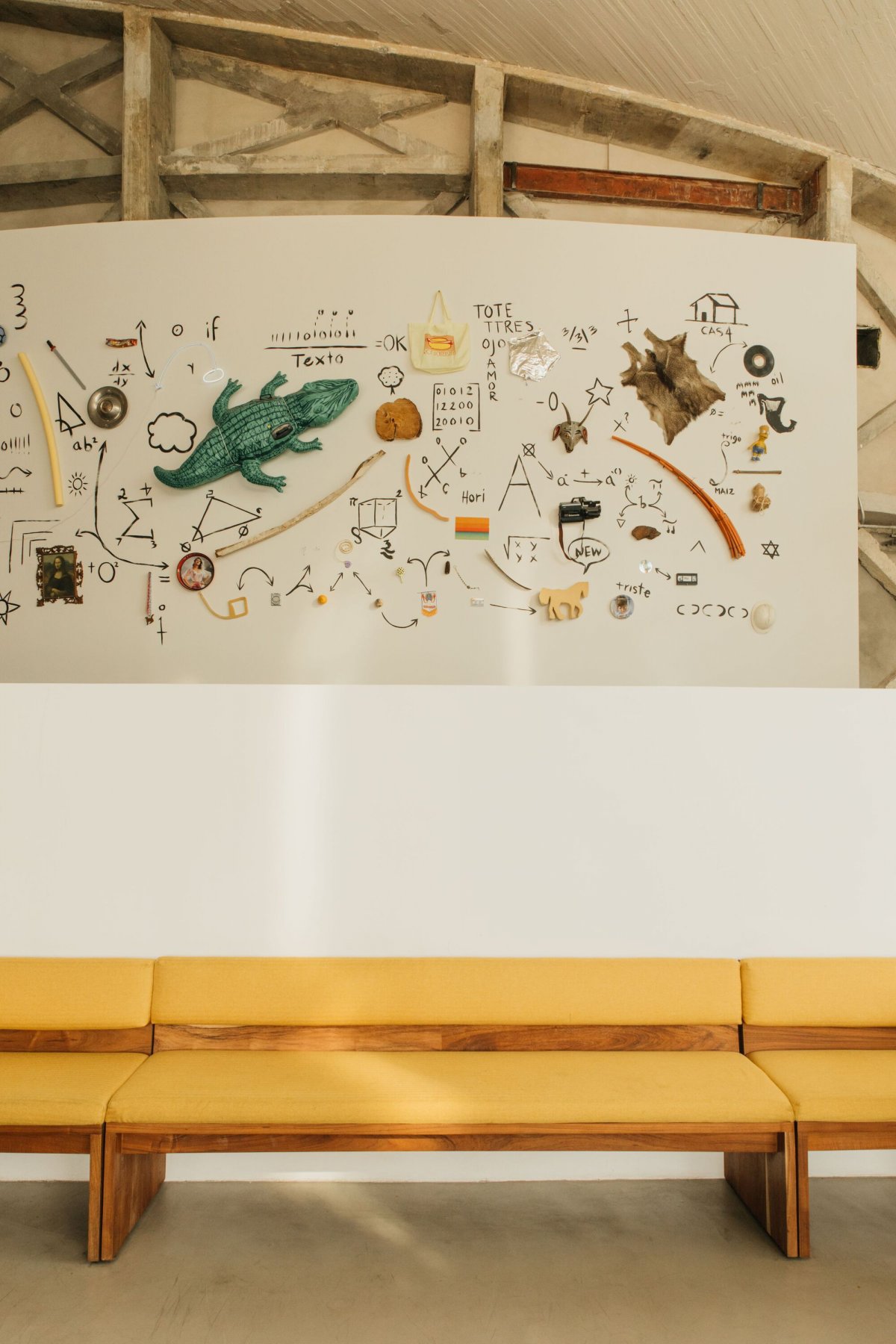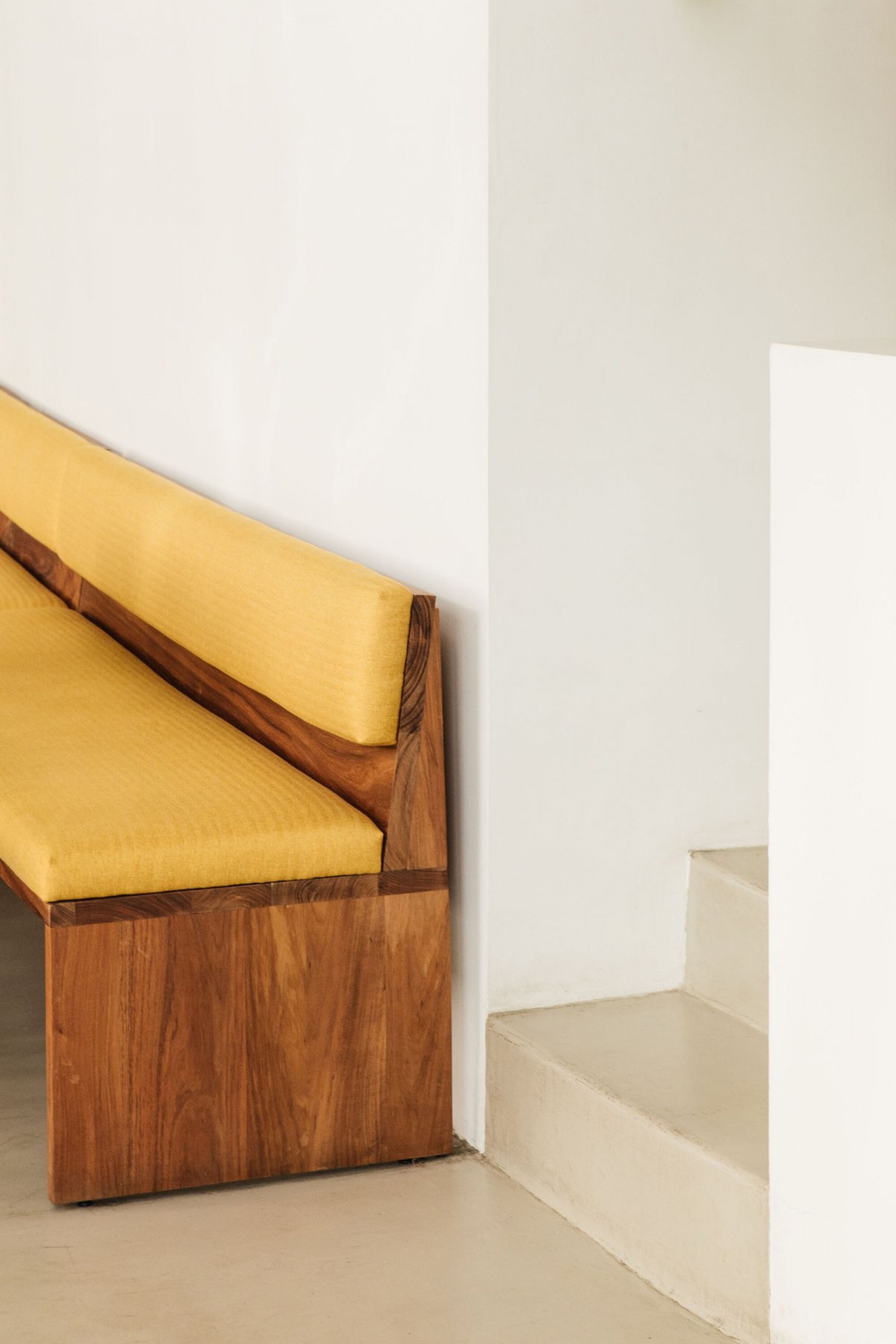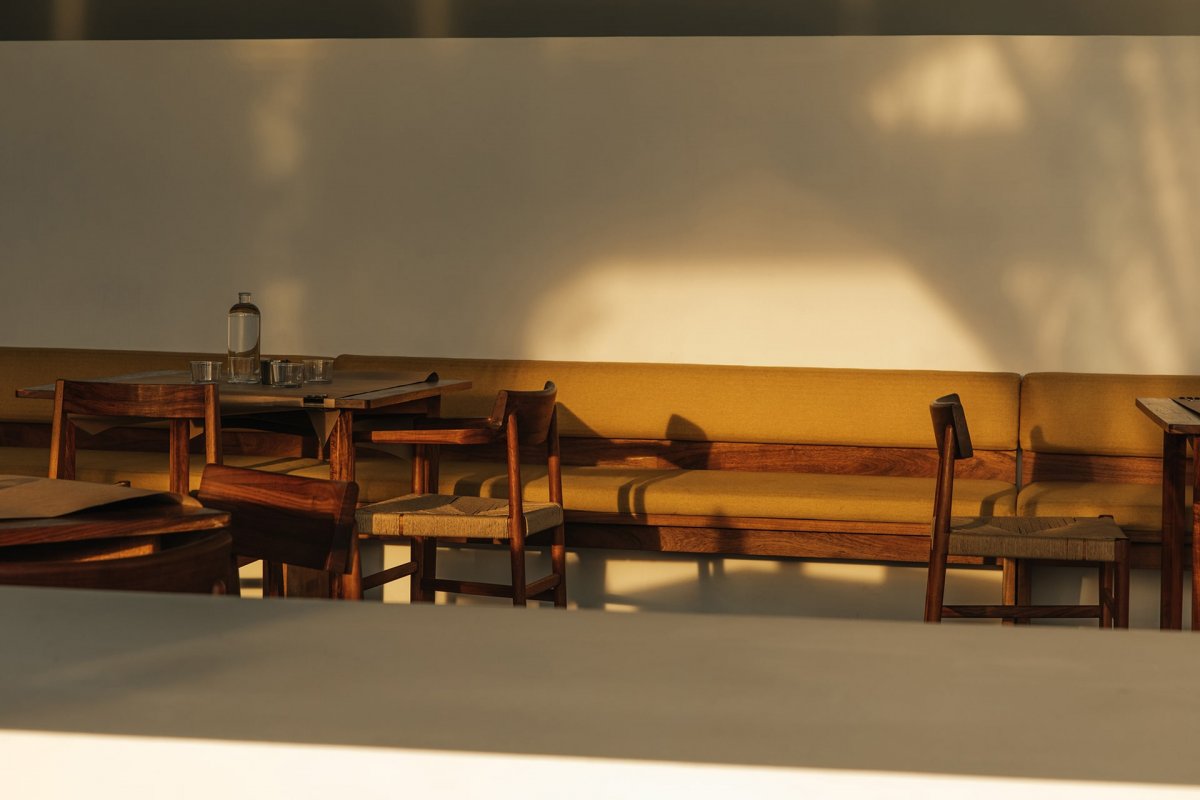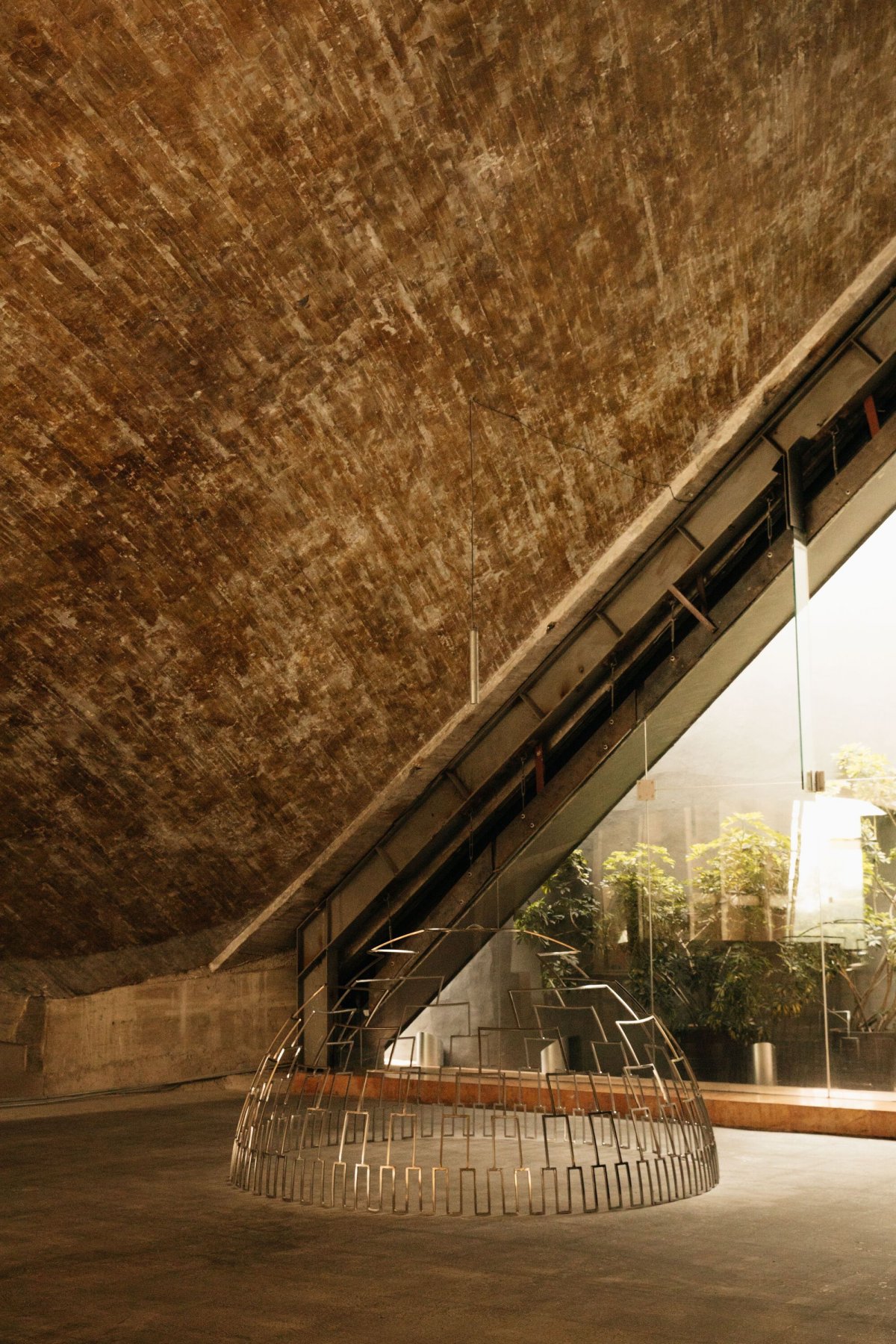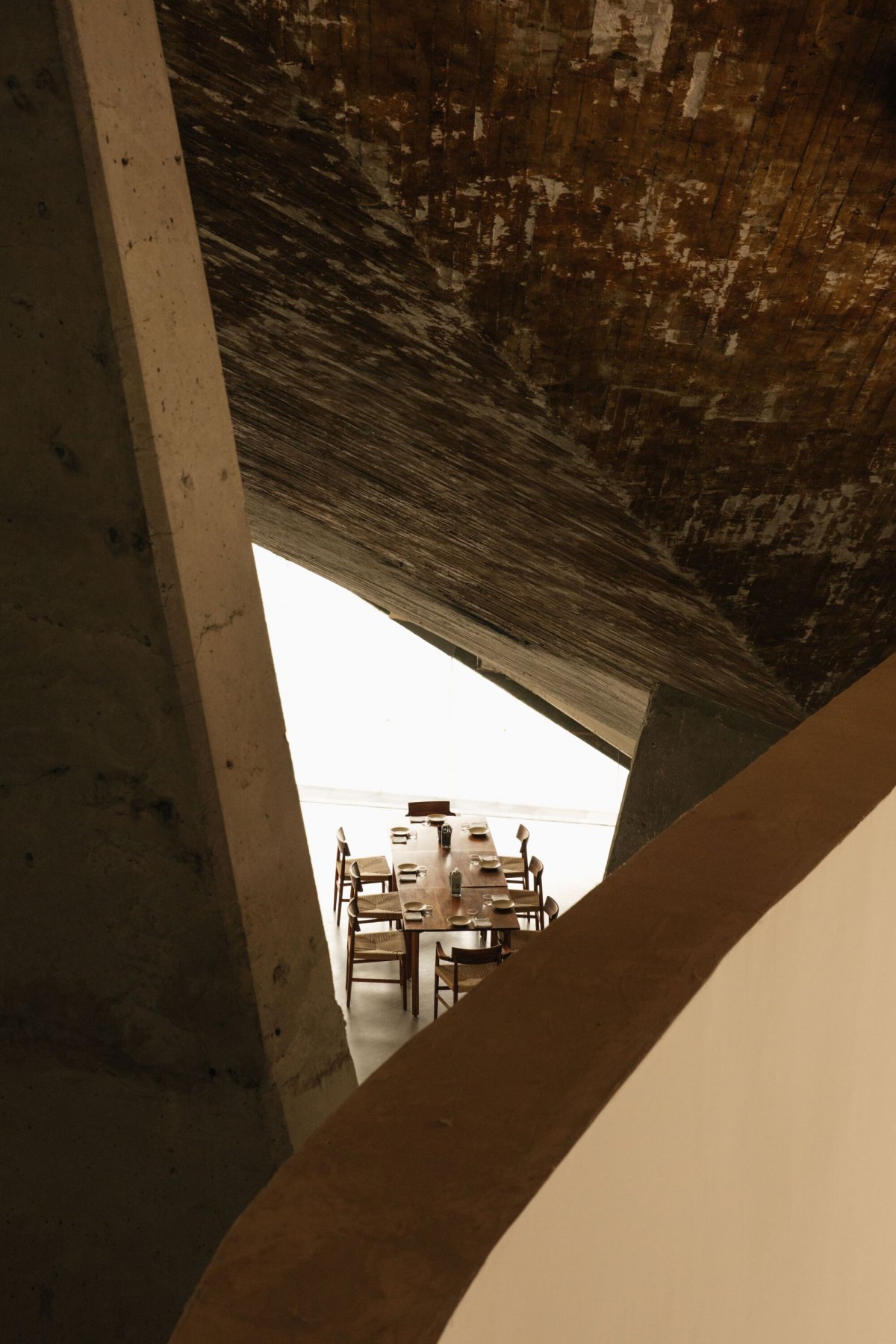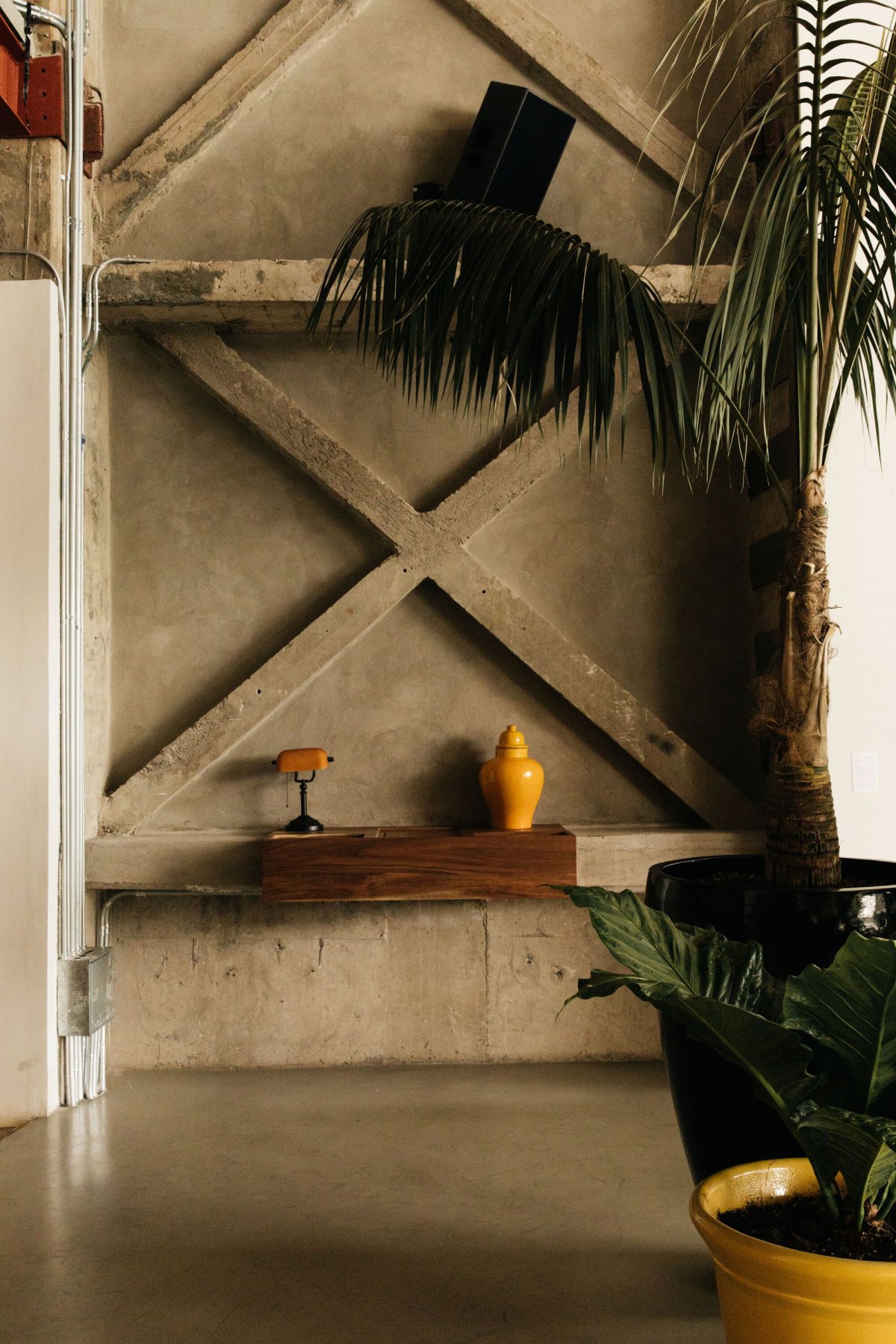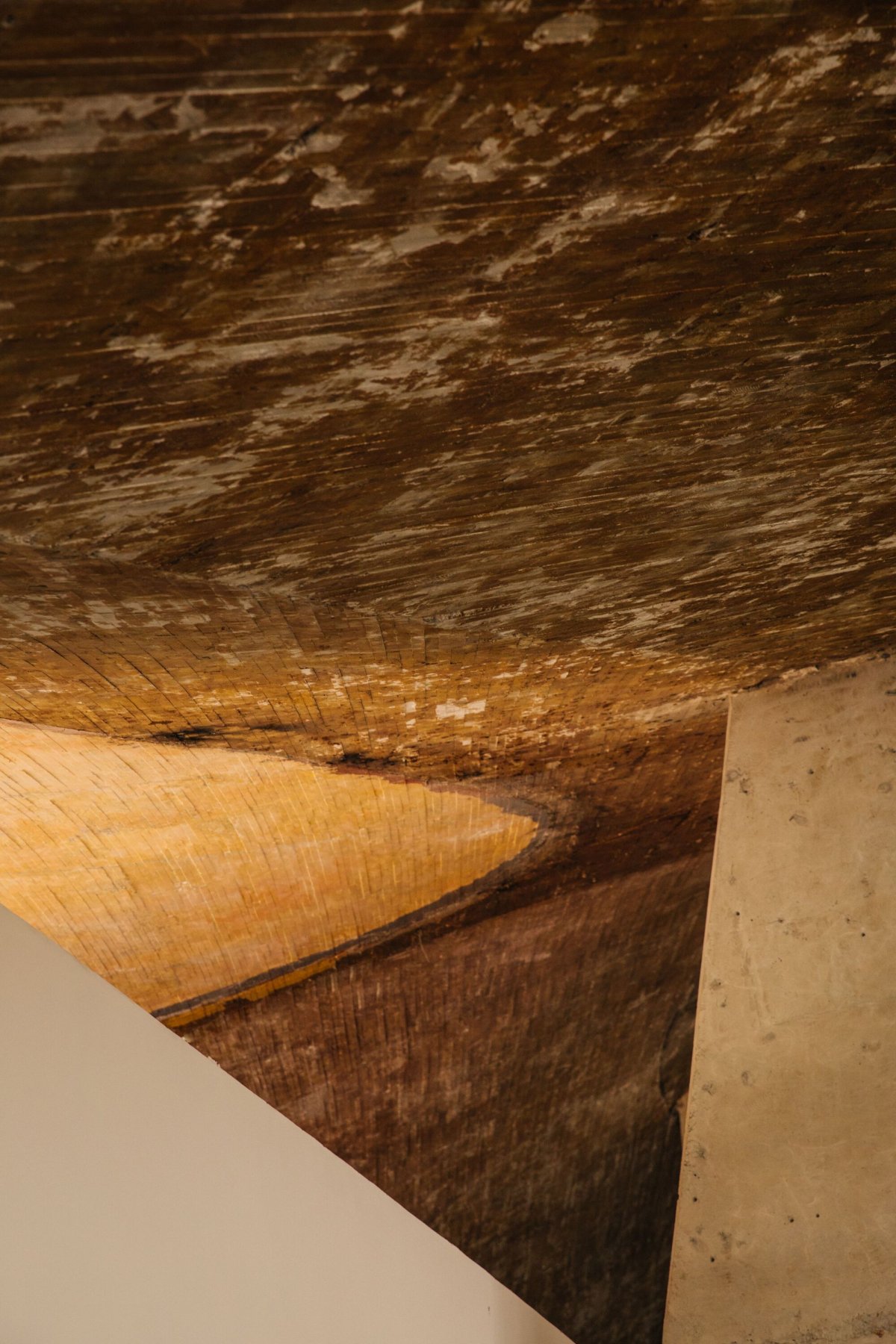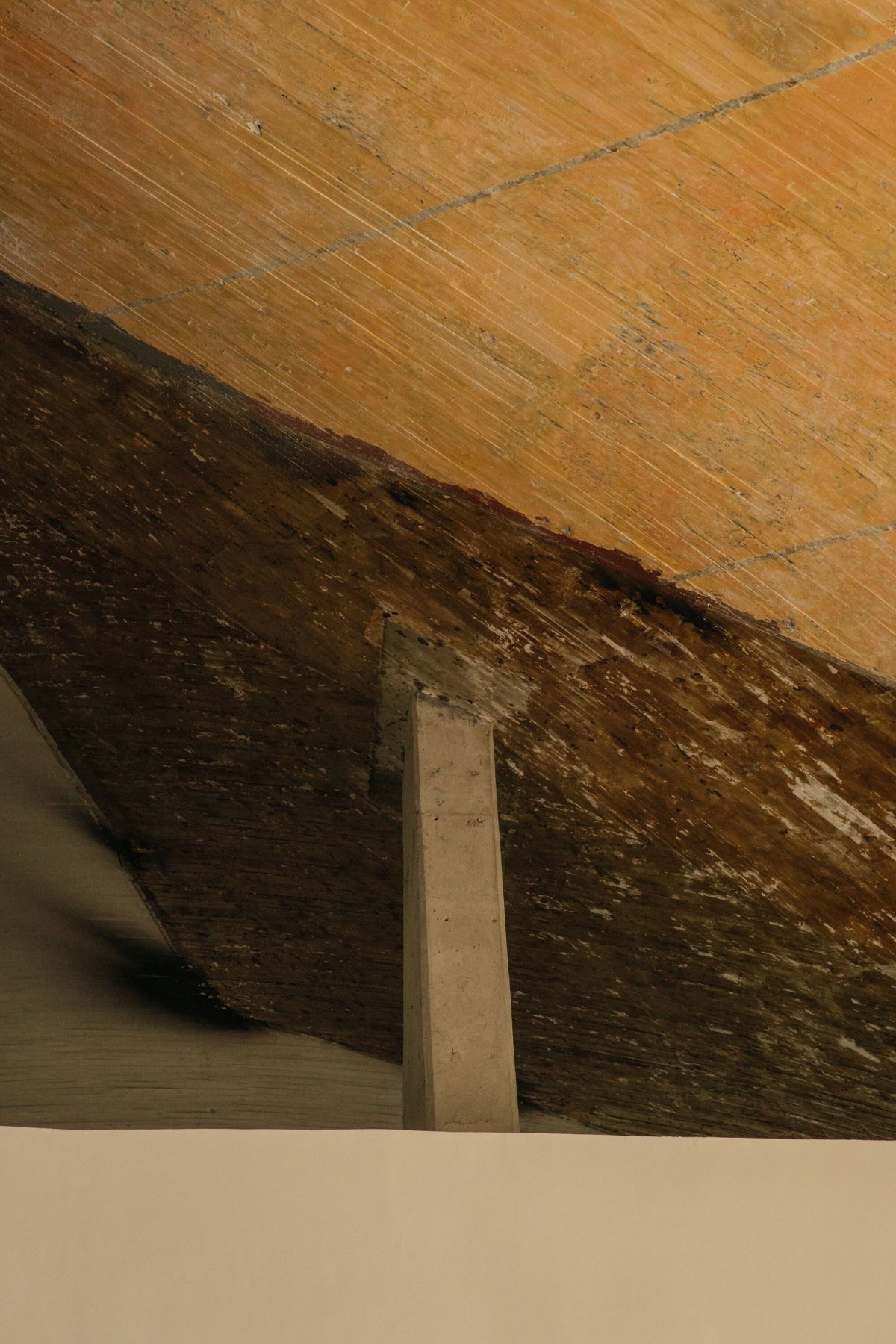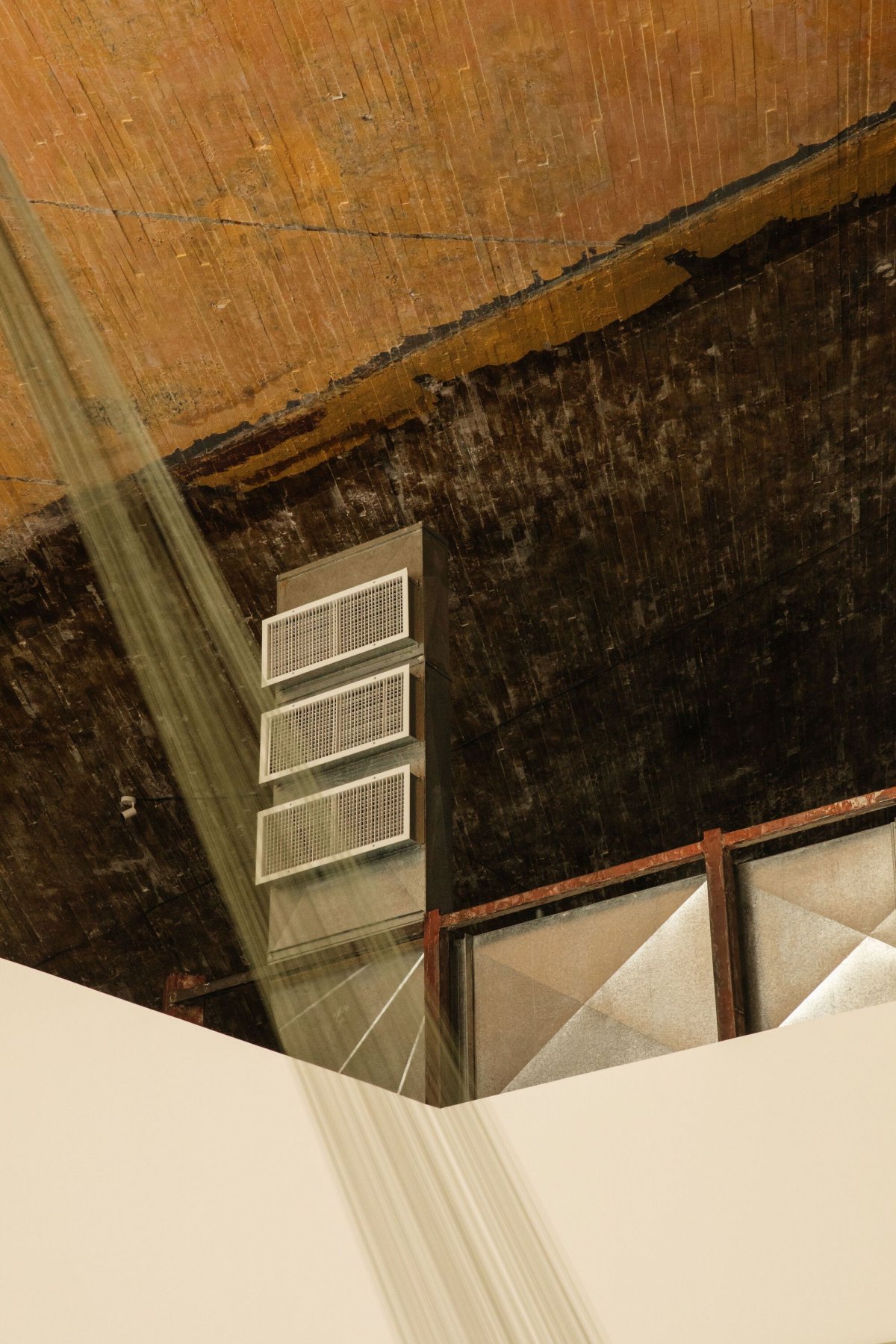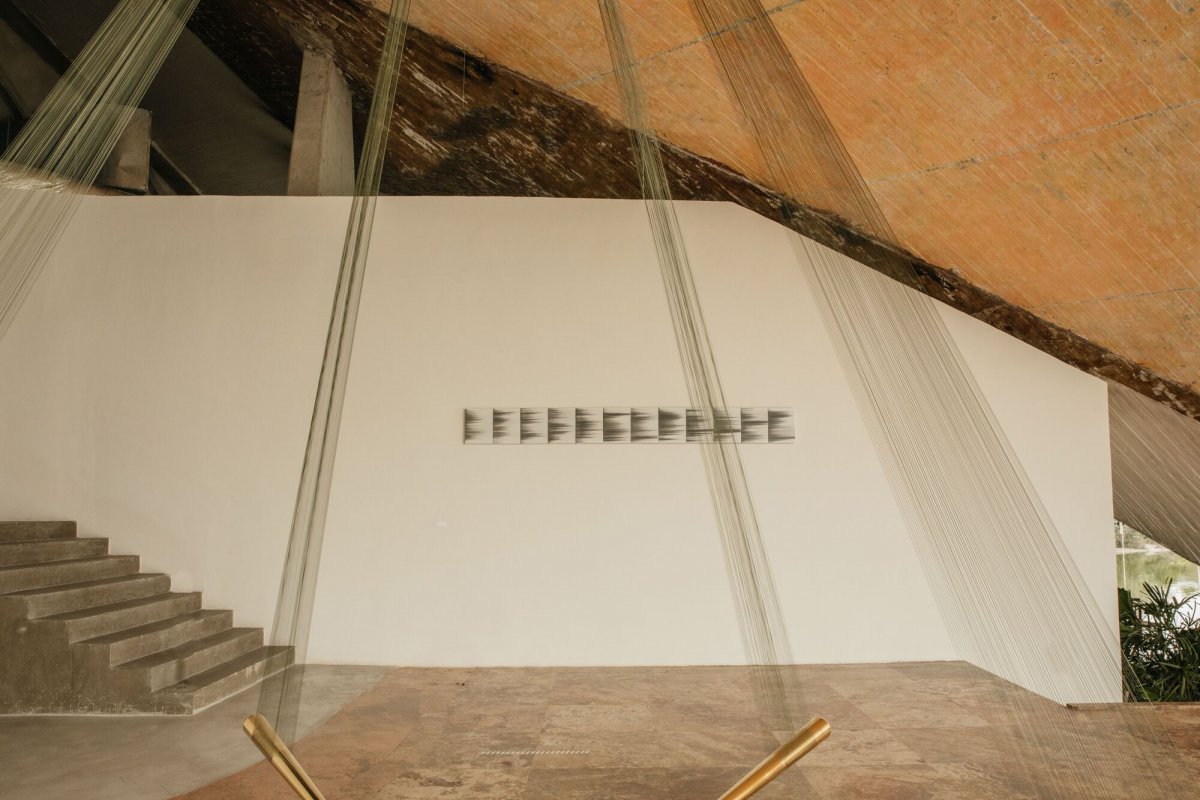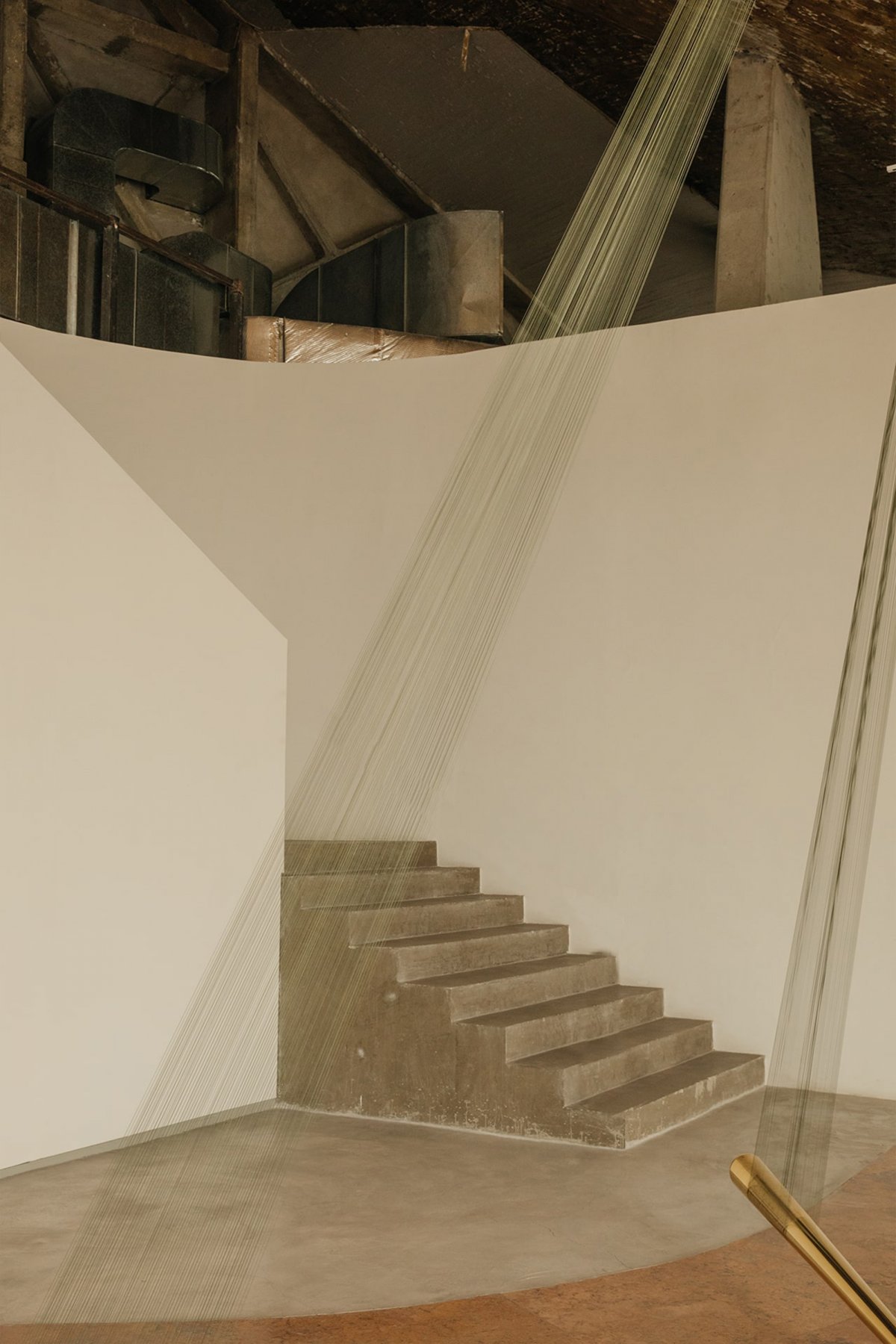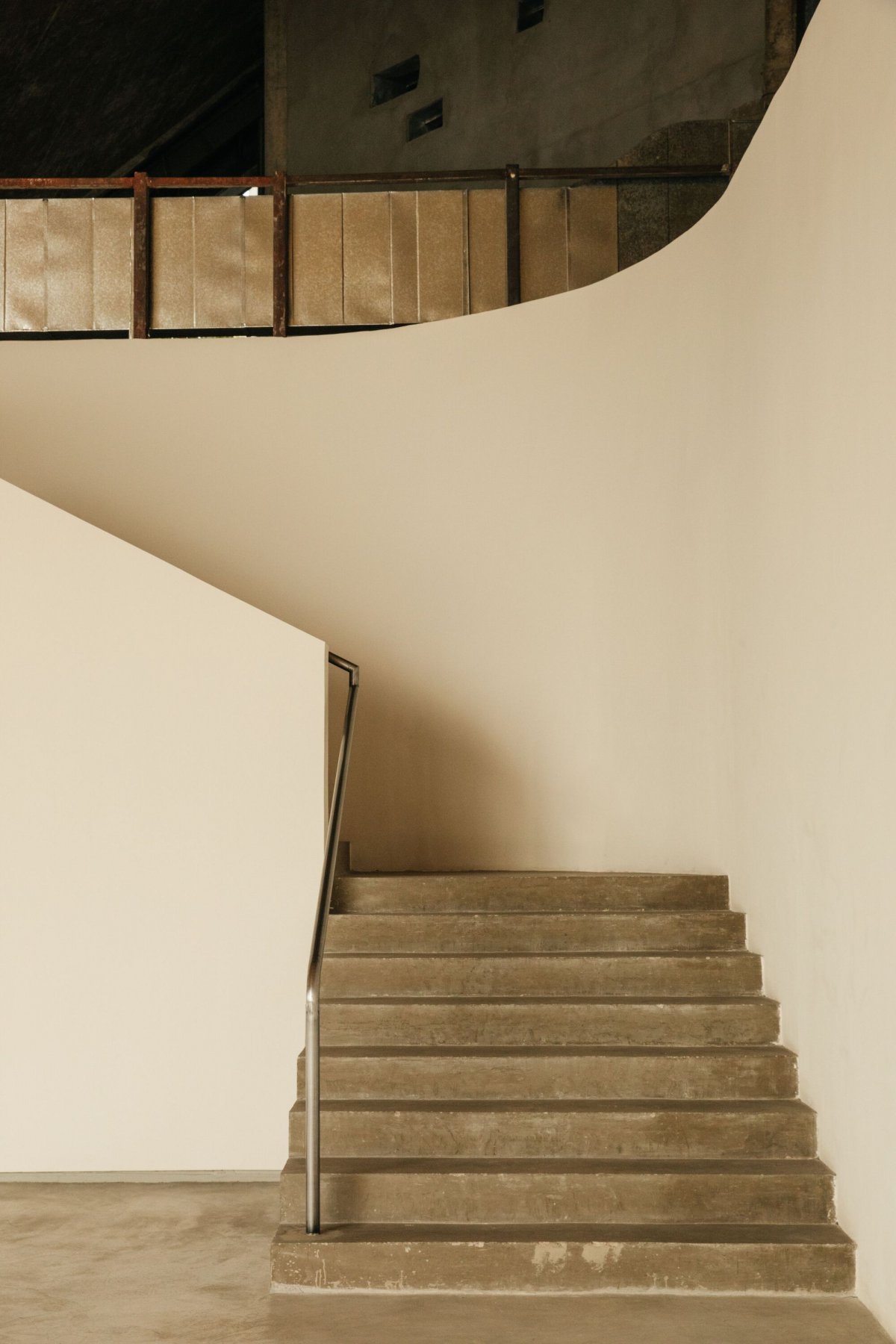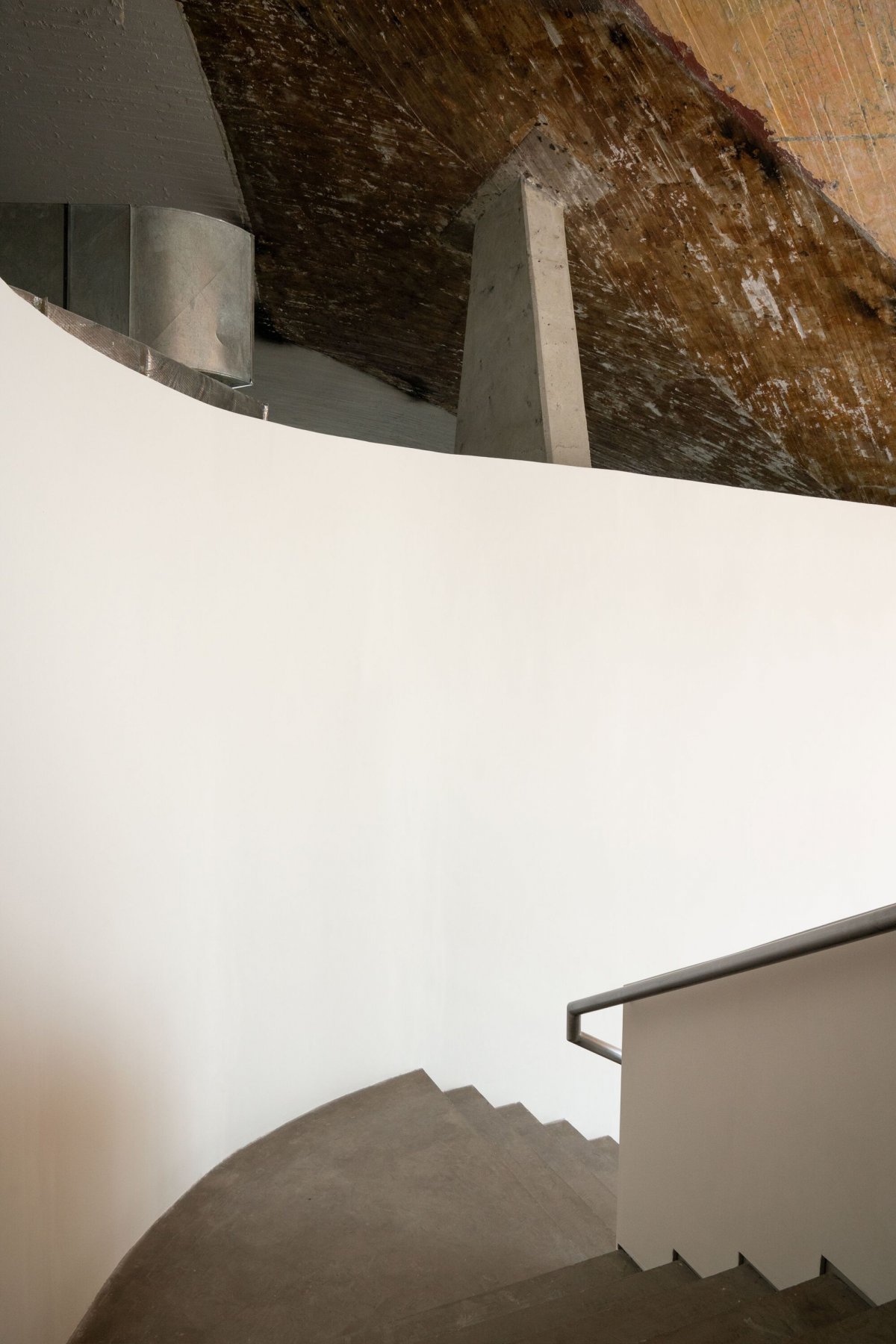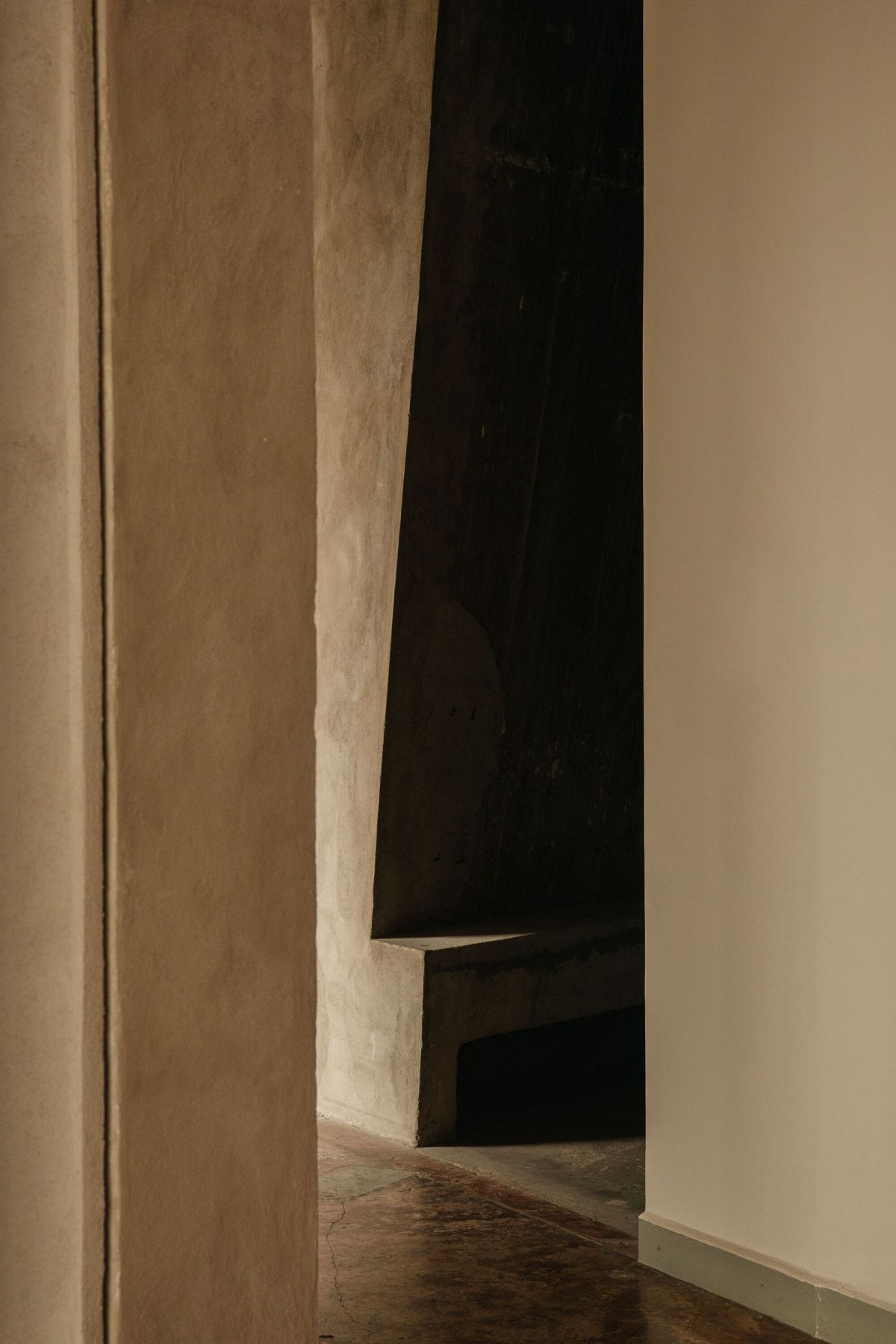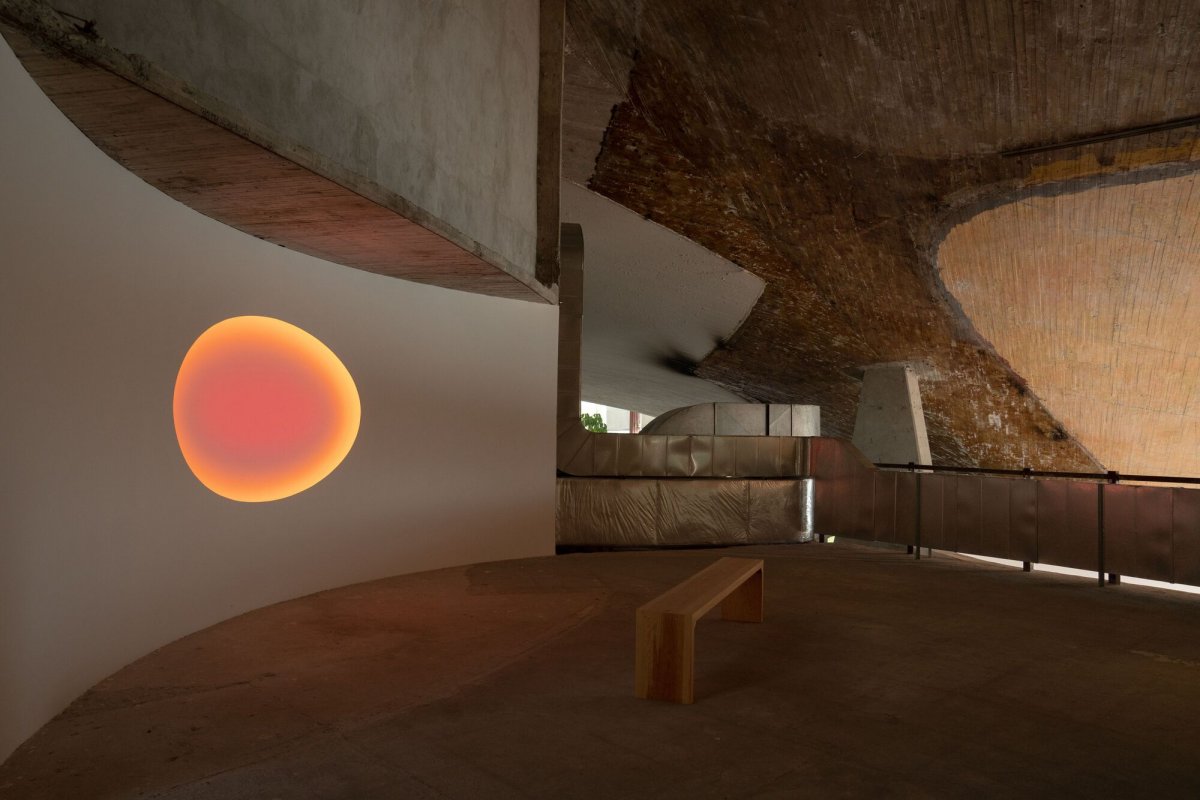
Lago Algo is a cultural center created and managed by OMR and CMR, located in the Bosque de Chapultepec, Mexico City. The architectural project consisted of the reprogramming of the existing building that was originally designed by Leónides Guadarrama and Alfonso Ramírez Ponce in 1964 and later renovated by Javier Sordo Madaleno in 1998.
The urban goal of the project is to regenerate the second section of Bosque de Chapultepec by offering a new public program that emphasizes contemporary art and sustainable food, thus forging new tensions within the park's existing cultural and recreational infrastructure.
Naso note that throughout the archaeological history of the building, the architectural objective of the original 1964 project was the containment of different adjoining spaces - which together formed a restaurant - by means of a hyperboloid paraboloid roof. The main purpose of the spatial renovation of the 1990s was to offer different spatial possibilities for the production of private events, first by adding new spaces adjacent to the original structure and second by dividing the existing restaurant space in two, which spatially meant that visitors they could not appreciate the full hyperboloid paraboloid roof.
The main objective of Naso architectural design was to understand the original project and its different modifications and thus transform the building into a public gallery and restaurant space. They approach was to develop a plan that showcased the original structure of the building to integrate different open spaces that could provide the flexibility required for the building to host different types of exhibitions.
During our search to recover the previously fragmented ceiling, studio decided to reformulate the spatial boundaries between the different spaces through the integration of different levels and low walls. Thus, they decided to integrate different thresholds to separate the different programs and at the same time connect them visually. In this way, the visual interaction with the continuous hyperboloid paraboloid roof that is considered the main architectural feature of the entire space is always maintained.
The aesthetic language of our intervention shows the original structure and the harshness with which it was affected over time. It undresses and shows all its elements with the intention of generating a pedagogical space where it is possible to appreciate the constructive logic of the building and its roof. At the same time, the roof crudely shows the different scars that expose the invisible traces of the multiple spatial partitions that were generated by economic, political and social issues throughout the history of the building.
- Interiors: Naso
- Photos: Maureen M. Evans
- Words: Gina

